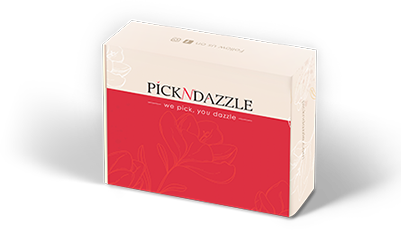Q: What is the “Sweet Spot?”
Carter: The sweet spot is when you’re operating with the greatest ease, with the least resistance, and the greatest power of strength.
Q: Wow. Sounds nice. Is that even possible today when so many people feel stretched and crazy busy?
Carter: It’s possible. And it’s even possible to grow your sweet spot. You know how there’s a sweet spot on a racket? Where an athlete can hit with the greatest strength and ease? An athlete can’t grow that sweet spot. But I’m living proof that it is possible to grow ease in life.
It’s very hard for us not to accept this lie we’ve been told – that more is better, that busyness is a marker for importance. I’m saying that, operating out of our sweet spot, we can achieve more by slacking strategically, checking emails less, and working fewer hours. When you do that, you get this whole other part of your brain coming online.
Q: Strategic slacking? Working less makes you achieve more. WHAT?
Carter: Yes! There’s a neuro-biological story behind it. We have two attentional networks in our brain: task positive and task negative – they function like a see saw. Only one is active at a time.
When we are focused on something, or using our willpower to do something, the task-positive attentional network is on. What’s off is the task negative – the mind wandering, daydreaming, what most people tend to think is the “time wasting” mode. So all the great work we do in the world, we give credit to the task-positive brain. We assume it takes a lot of self discipline and willpower to just muscle through. We write books. We build bridges. We raise children. That’s what our culture told us to focus on – human output, like the factory model. But it’s actually not true.
When you’re staring out the window, out into space, relaxing, driving but not listening to the radio – or checking texts, ahem! – and you let your mind wander, the task- negative brain becomes active. All those neurons start making connections between things you didn’t see before, and it’s all happening at an unconscious level. That’s where insights come from. We can’t write books without the insights that come from that downtime. We can’t fulfill our potential without filling our need for creative insight, and nurturing our ability to draw connections. Just staring into space is going to help. It’s a cliché, but, think about it, we often get our best ideas in the shower! Also reading poetry, painting, reading a novel, fiction – all of these things help us draw connections, become more empathetic. These all count as insight-building activities. And it’s a big part of finding your sweet spot.
Q: So how did you start?
Carter: I tried to do everything all at once. And it was hard to get any one thing to stick. I felt so much anxiety, because I felt like I was continuing to fail. Eventually, I realized I had to make changes much more slowly to get them to stick, and that every time I failed, it was an opportunity to look at my life more carefully, and see an obstacle that I didn’t see before.
Where I often recommend people start – which I
discovered was my own Achilles’ heel – is to use technology more strategically.
Q: Technology?
Carter: Technology can bring both great ease and great power or efficiency to our lives. But not if we don’t use it strategically. It also ramps up the stress in our lives. If you’re answering your emails in bed because you just turned off your alarm, and you haven’t even sat up yet, you’re not doing your best work. There’s no power there.
You have to create rules around technology. Research has found that when we manipulate how often people check their emails, for instance, from 15 or more times a day to three to five, the overall tension and stress levels go way down. So this is something we know. But we also know we are driven to constantly check our emails. It comes from something called the “variable ratio reinforcement” – that because something is pleasurable one time in 10, or one time in 20, our brains are driven toward those checking behaviors. It’s like having a bowl of candy in front of us all the time – we have to constantly resist temptation.
A lot of people who do client-oriented work get very nervous. They say, ‘But it’s my job, I’m expected to be checking email all the time.’ If that’s true, then that’s you’re job, and focus on it. But for most people, we really don’t have to check all the time.
The idea is to be more strategic. Create predictable time off, and communicate it to the rest of your team. You’ll be able to respond more efficiently, do your job better, decrease your stress and create space for insight.
Q: What are your top tips so others can find their sweet spots?
1. Create rules around technology
2. Have a gratitude practice in which you take time each day to consider what you are grateful for
3. Take a 12-minute break after you feel like you’ve been focusing for a long time
4. Work on the little gears. If you shift the little gears, make the small changes like checking your email three times a day instead of 15, it may not be as big as moving to New York City, or ending a bad marriage, but if you shift the little gears, the big ones end up changing, too.

Source: Washington Post




